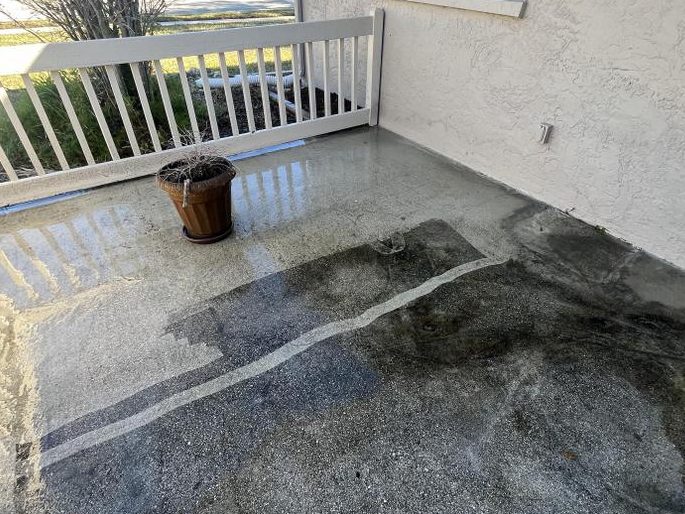
Is your business in need of a makeover? 🏢✨ Elevate your commercial space with our expert painting services! From vibrant accent walls to professional exterior finishes, we specialize in transforming businesses into inviting spaces that leave a lasting impression. Contact us today to discuss your project and let’s make your business shine! 💼🎨




